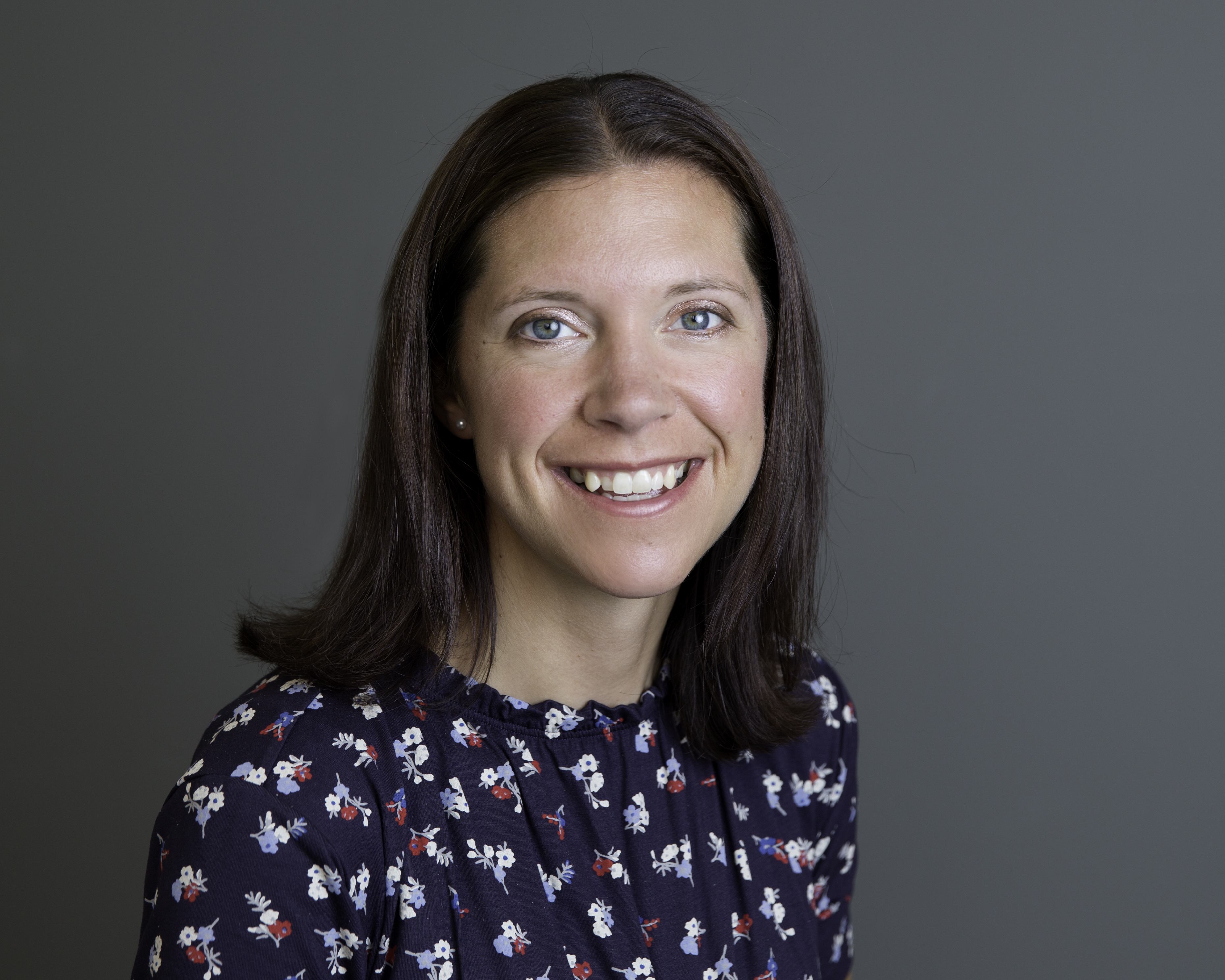Census And Sensibility
Published on 23 February, 2023 | Claire Reid

Since it was first published (anonymously) just over 200 years ago, Jane Austen’s ‘Sense And Sensibility’ has struck a chord with successive generations of readers.
However, despite the book remaining enormously popular, its view of the world – and marriage, in particular – has seemed ever more dated.
As the novel illustrated, marriage was the means by which young women achieved financial security and social standing.
I suspect that the Dashwood sisters would be more than a little confused if they were considering their domestic arrangements today.
Women’s place in society – the workplace as well as the home – has been transformed in recent decades alone.
That is something abundantly clear to anyone considering the latest data culled by the Office for National Statistics (ONS) from the 2021 UK census (https://www.ons.gov.uk/peoplepopulationandcommunity/birthsdeathsandmarriages/marriagecohabitationandcivilpartnerships/articles/marriageandcivilpartnershipstatusenglandandwalescensus2021/2023-02-22).
As I’ve been telling James Beal, the Times’ Social Affairs Editor, the figures are rather startling because they reveal a significant shift (https://www.thetimes.co.uk/article/f60a08f6-b2a4-11ed-be6b-8488e113f360?shareToken=82422434524bcb4af527ebc4f33497a5).
They show that more than half of women aged 34 or under are now unmarried. Furthermore, that proportion has increased by almost one-fifth in the space of the last three decades.
It is a marked departure from previous generations.
By the late twenties, their own mothers might have already married and had children.
That isn’t an assumption but is something borne out by fact.
More ONS’ data shows that since 1994, there have been considerable reductions in the number of women under the age of 30 who choose to marry. In the case of those aged between 20 and 24, there has been a drop of 80 per cent (https://www.ons.gov.uk/peoplepopulationandcommunity/birthsdeathsandmarriages/marriagecohabitationandcivilpartnerships/bulletins/marriagesinenglandandwalesprovisional/2019).
At the same time, the number of women who marry in their early to mid-thirties has increased by 10 per cent.
If we look at childbirth, a similar pattern emerges (https://www.ons.gov.uk/peoplepopulationandcommunity/birthsdeathsandmarriages/livebirths/datasets/birthsbyparentscharacteristics).
In the mid-1990s, women under the age of 30 gave birth to 58 per cent of all babies. Now, that proportion is down to only 40 per cent.
During the same period, the number of births to mothers aged in the early to mid-thirties has risen by one-sixth.
Marriage and children simply appears to have far less appeal for young women today than it held for their predecessors.
Some people might put it to down to what The Spice Girls once described as ‘Girl Power’ and there seems to be a grain of truth to that.
A paper produced by the House of Commons’ Library a year ago indicated that the number of women in employment in the UK continues to increase (https://commonslibrary.parliament.uk/research-briefings/sn06838/#:~:text=Women%20in%20employment,in%20December%202019%2DFebruary%202020).
In addition to that sense of independence, there is a determination not to lose momentum.
They realise that when they are establishing careers or saving money in order to try and get onto the property ladder, the sheer expense of a big wedding acts almost as a deterrent.
For those wishing to have children, giving birth when they are older and more settled than their mothers or grandmothers might have done holds fewer fears, given the examples of friends and family, and medical advances.
We are now at the point when statistics demonstrate that starting a family in your twenties is now no longer the norm but something of an exception.
Of course, that certainly doesn’t mean that they are not forming relationships at all.
Cohabitation is now perfectly socially acceptable and increasingly seen as common not just the peers of young women but across almost all age groups (https://www.ons.gov.uk/peoplepopulationandcommunity/householdcharacteristics/homeinternetandsocialmediausage/articles/livingarrangementsofpeopleinenglandandwales/census2021).
Such developments would perhaps shock Jane Austen but – to borrow the title of work by another 19th-century literary giant – they reiterate that the modern woman indeed has ‘Great Expectations’.